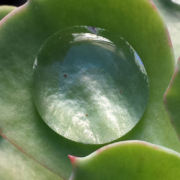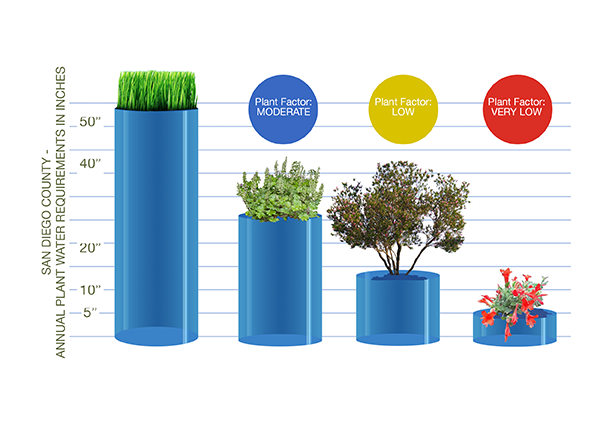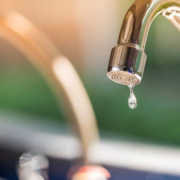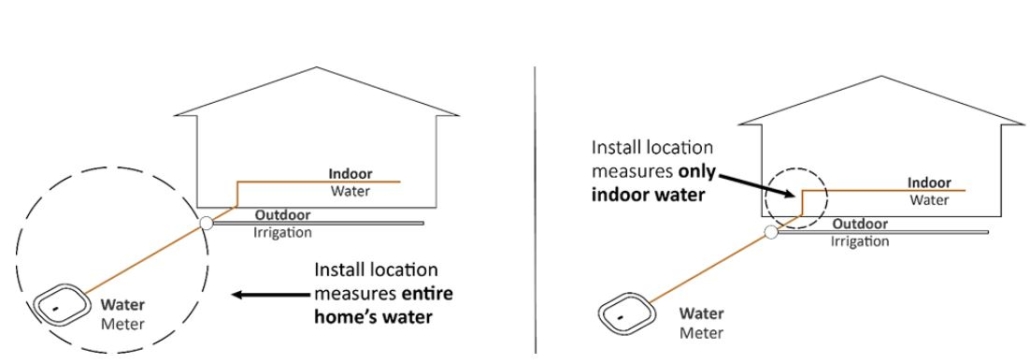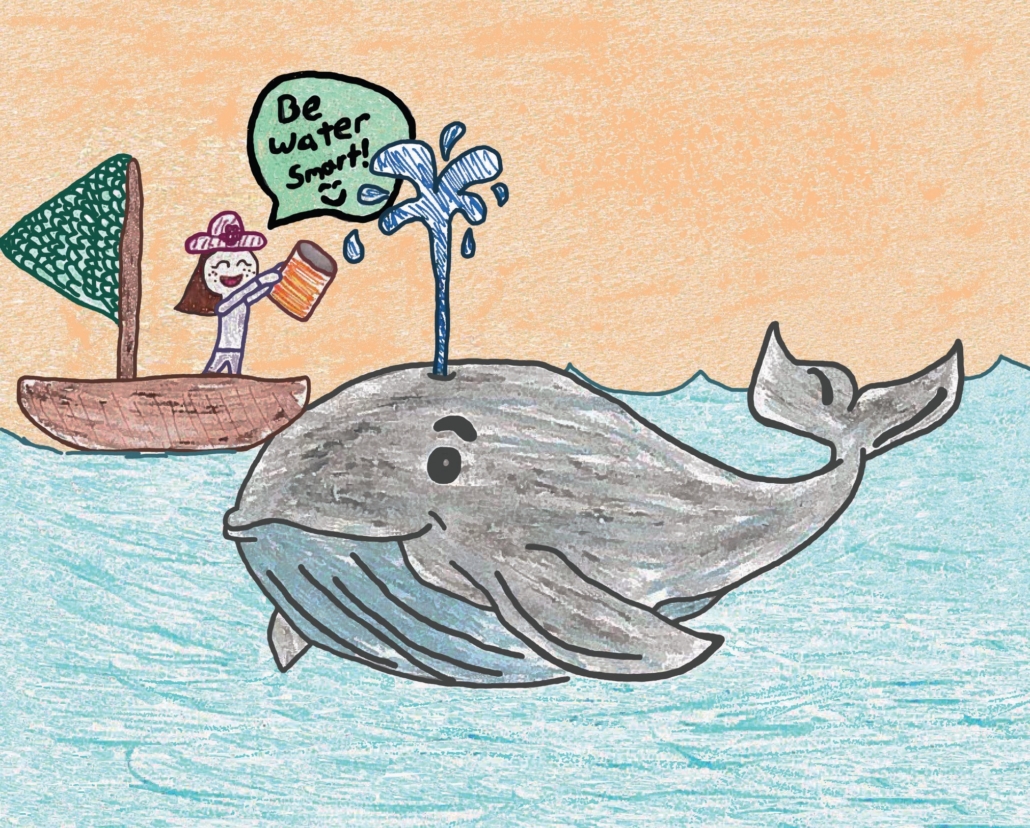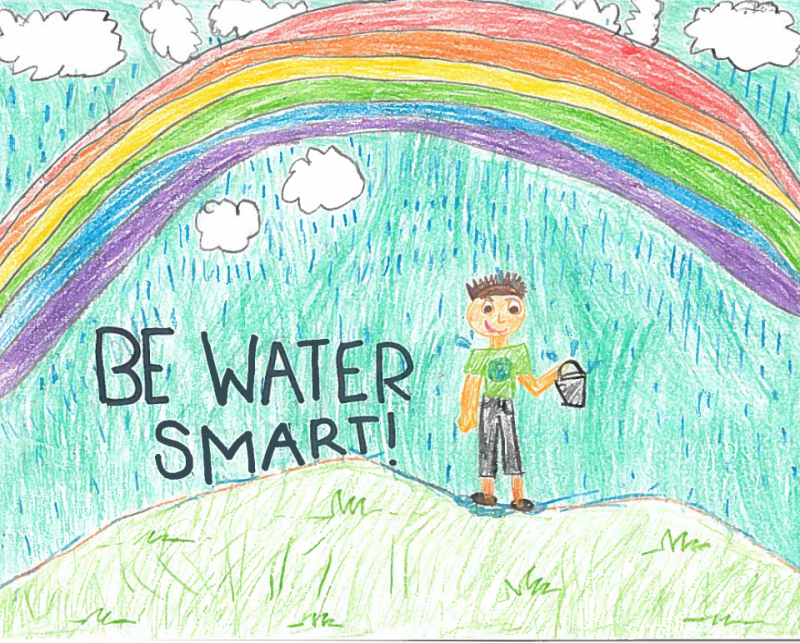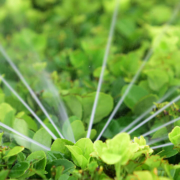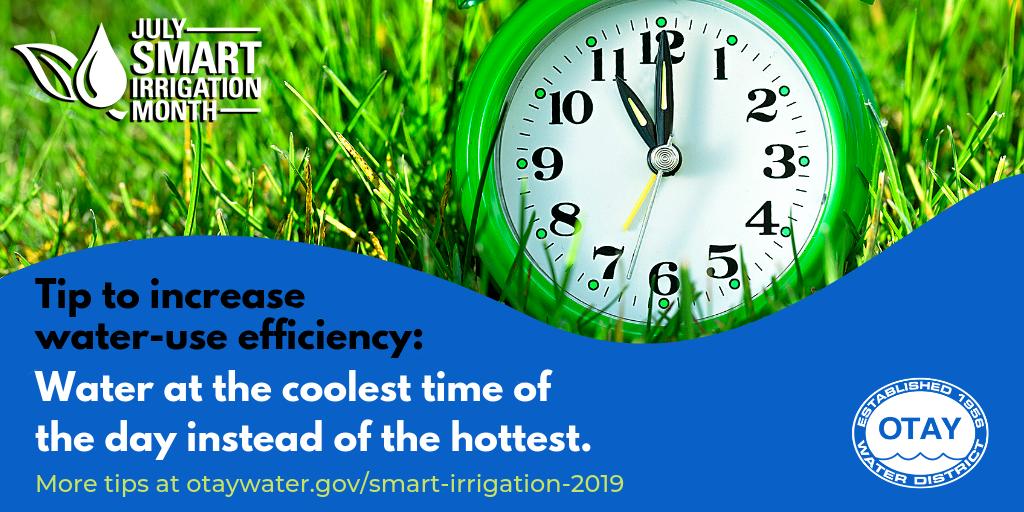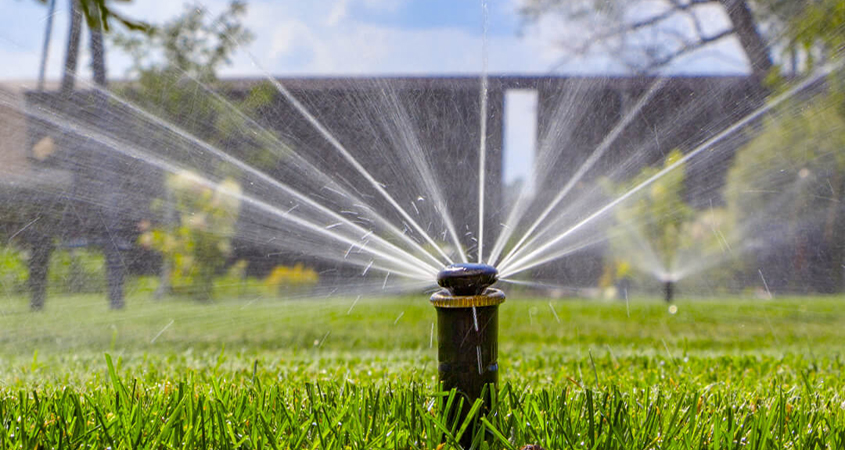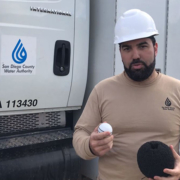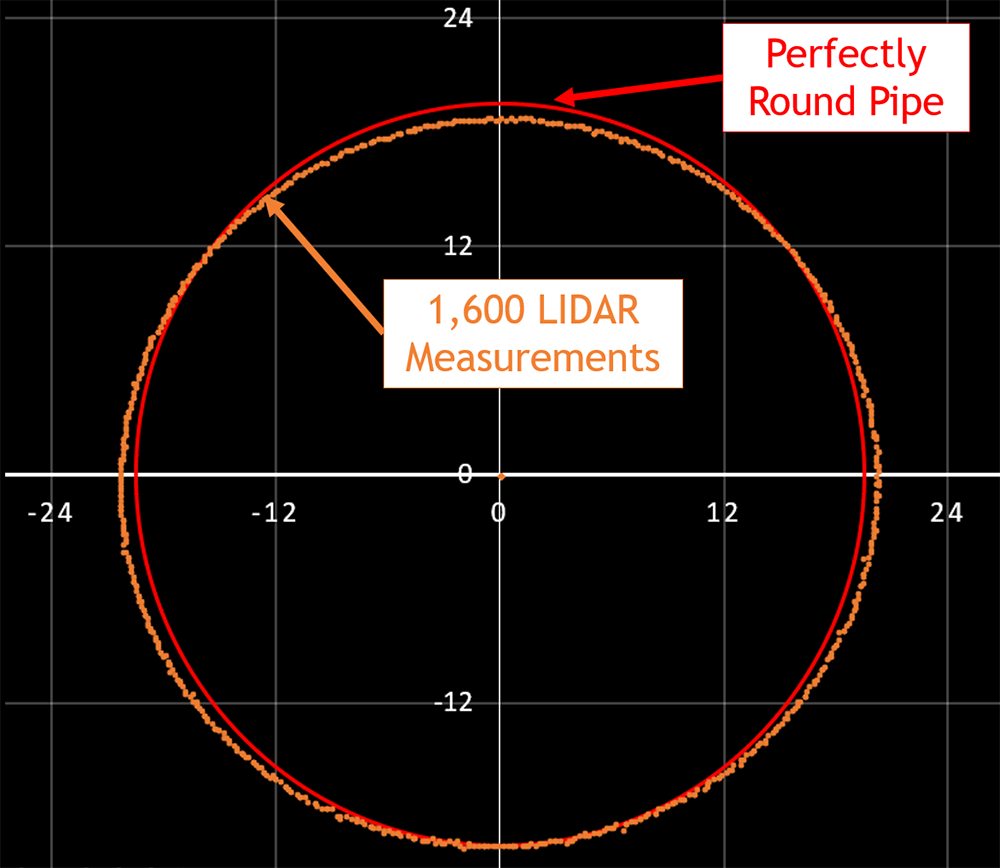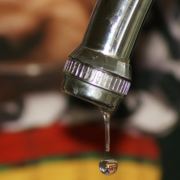The first Hydro Station in California opened August 15 in Chula Vista.
The interactive educational space is a joint partnership between the Sweetwater Authority, Otay Water District, and the Chula Vista Elementary School District.
The Hydro Station, at the Richard A. Reynolds Groundwater Desalination Facility, features learning exhibits and hands-on activities to introduce fifth grade students to the ecological cycle of water, water conservation, water quality, and careers in the water industry.
More than 4,000 students are expected to visit the Hydro Station annually.
Making the world ‘a better place’
“The Hydro Station introduces our students to the world of work in the water industry and inspires them at an early age to consider careers in science, technology, engineering, art, and mathematics,” said CVESD Superintendent Dr. Francisco Escobedo. “With this station, we expose students to careers that can change the trajectory of entire families, opening the door to high-wage careers that our students might not have thought were possible.
“The students also explore ways to make the world a better place through clean water, and water conservation,” added Escobedo.
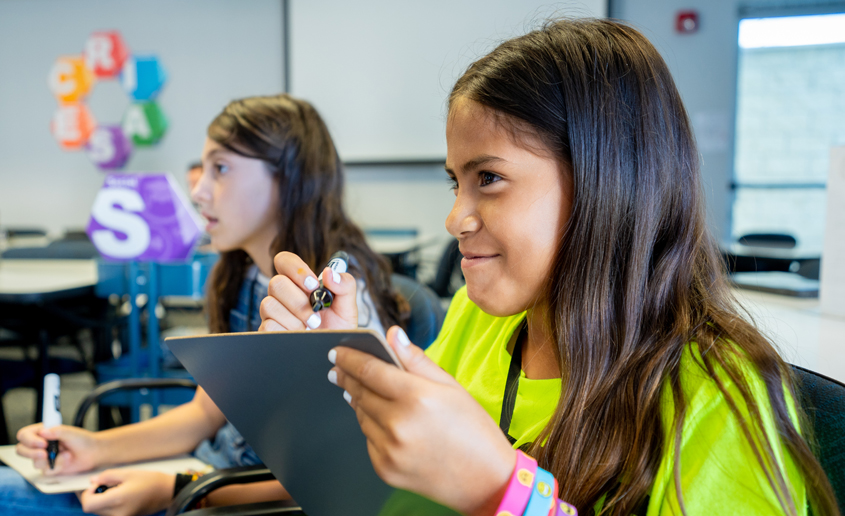
Students drink in details about water conservation at the opening of the Hydro Station in Chula Vista. Photo: Sweetwater Authority
New generation encouraged to consider careers as water industry professionals
More than 2,800 people work in the water and wastewater sector at the San Diego County Water Authority and its 24 member agencies. One-third of these industry professionals will be eligible for retirement in the next few years.
“It’s an opportunity for a new generation to join us in our mission to deliver safe and reliable water to hundreds and thousands of people in communities that rely on us as water professionals,” said Tish Berge, Sweetwater Authority general manager.
As part of the Hydro Station experience, students will have three dedicated days focused on career opportunities in Information and Communication Technologies, Clean Energy, and the Blue Economy. They will learn how their strengths, interests, and values may align with career options. Hands-on activities will also help them make connections to specific careers.
Hydro Station mission is about education and conservation
“I have served many years in the water industry, which has allowed me to experience the evolving industry climate firsthand,” said Mark Watton, Otay Water District general manager. “The high level of retirements, new technologies, and increased demand for safe drinking water all contribute to the availability of good, stable careers and employment.”
“We want to make sure that a rewarding career in the water and wastewater industry is within reach for as many local students as possible who are vocational or college bound, and the Hydro Station helps us do that,” he added.
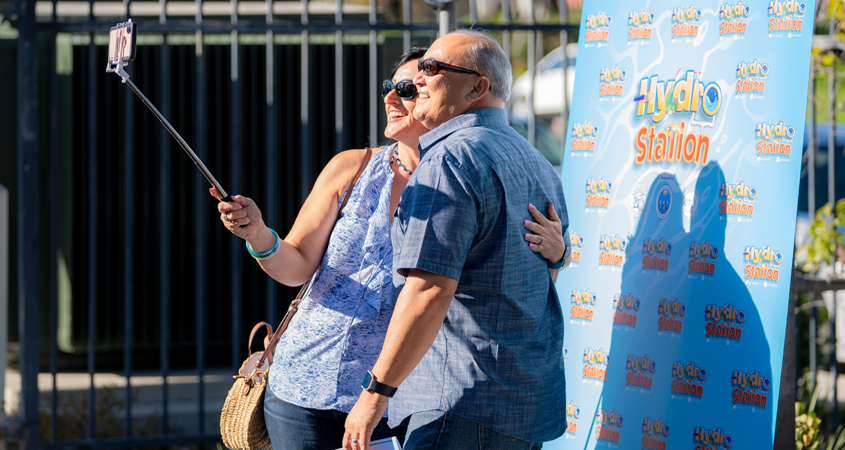
Visitors to the new Hydro Station’s grand opening mark the occasion with a selfie. Photo: Sweetwater Authority
The Hydro Station’s location is ideal to educate students on how their strengths, interests, and values can connect with careers in the water industry while presenting opportunities to solve real-world problems through the Engineering Design Process. It will also serve to educate children and their families, as well as the community, on the thoughtful use of water resources.

